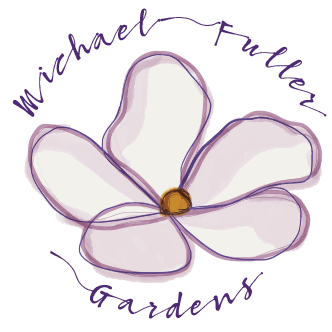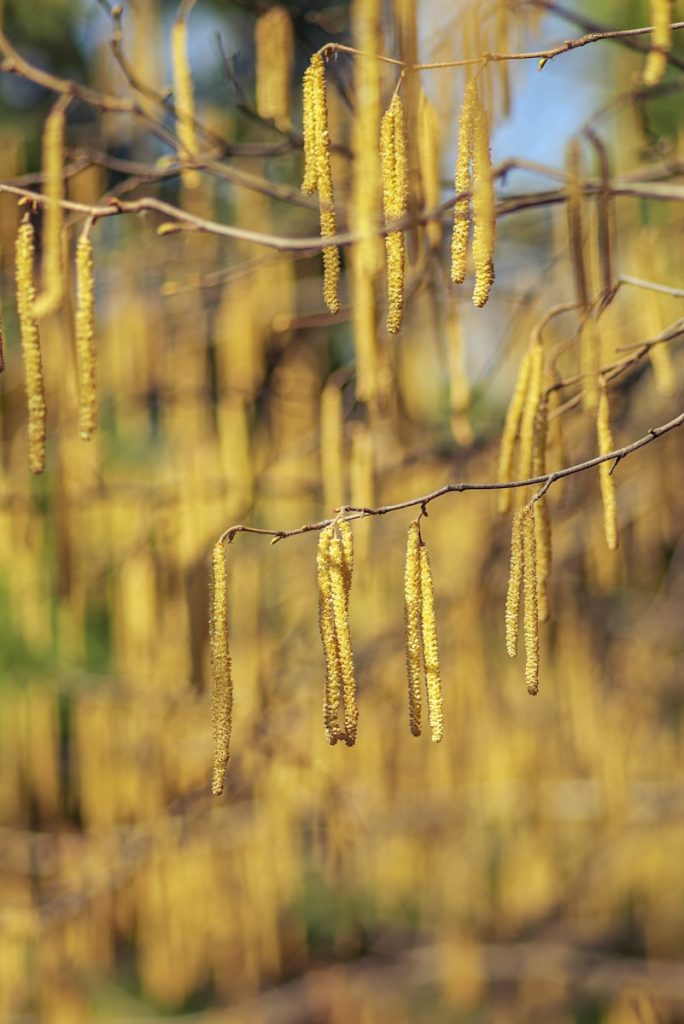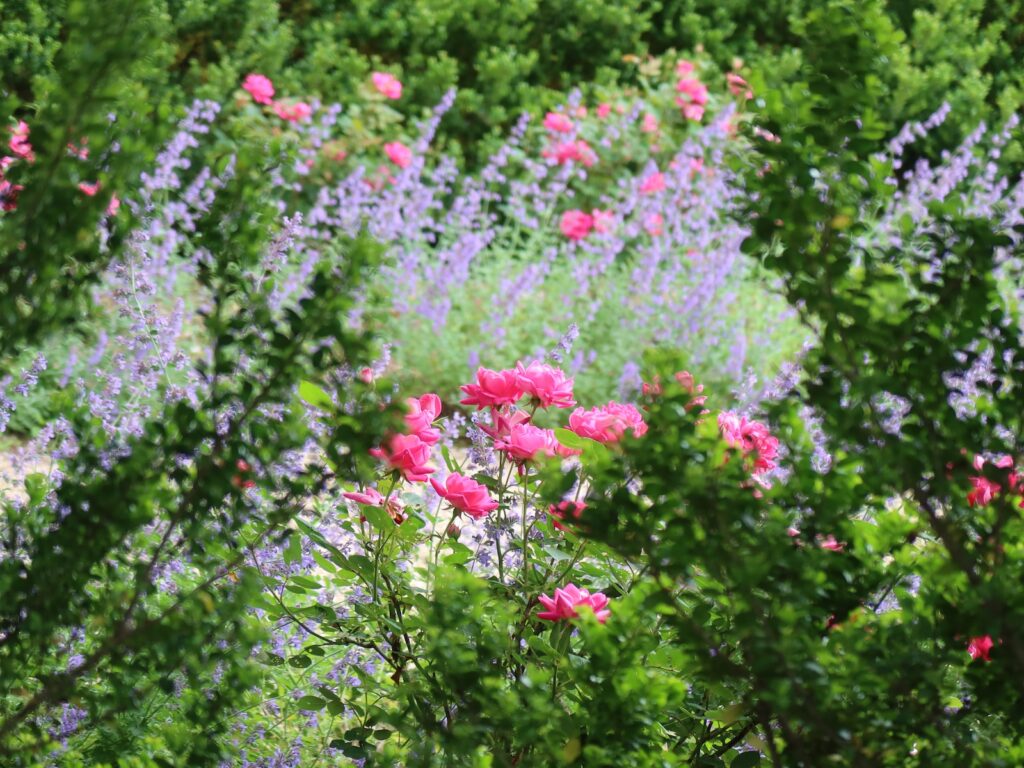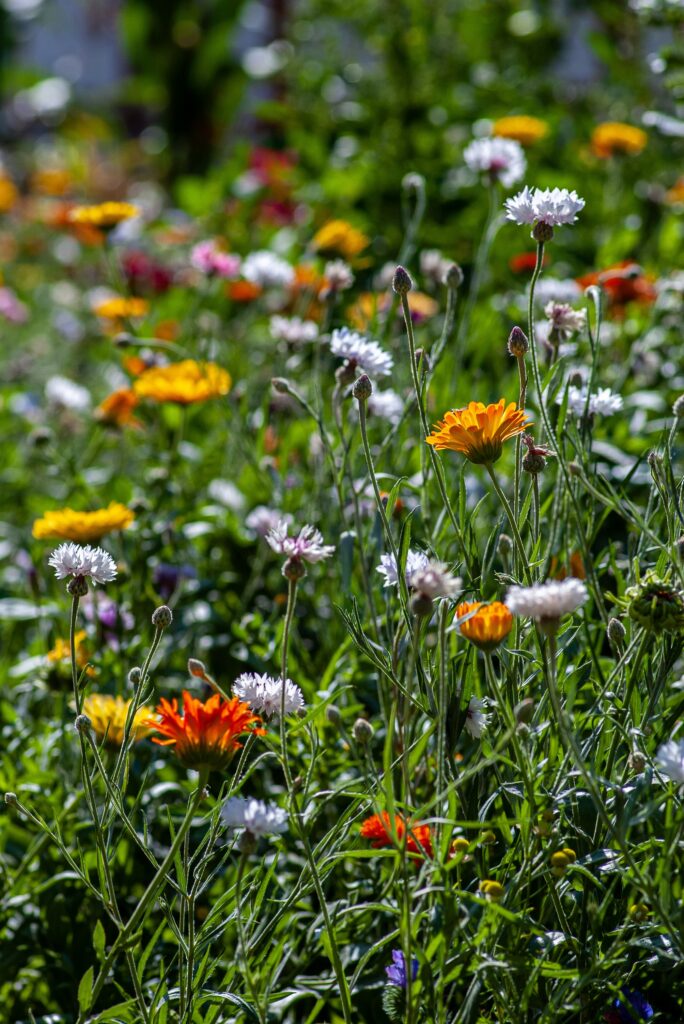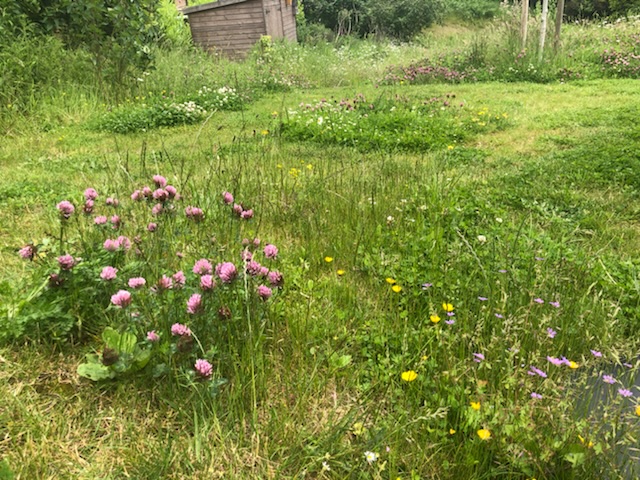The Native Hedge – a ‘Mini-Woodland’ in your Garden.
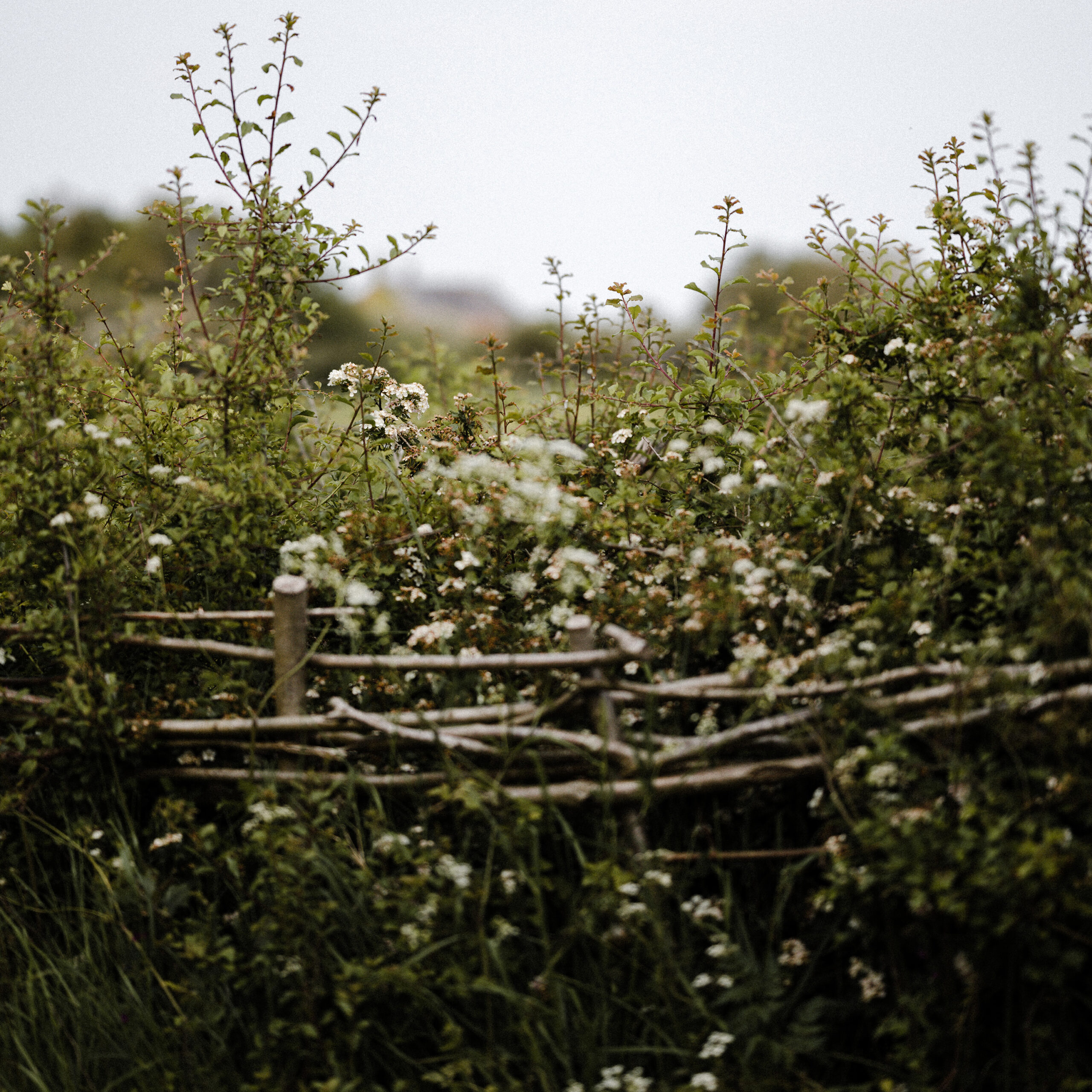
“As he hurried along, eagerly anticipating the moment when he would be home again among the things he knew and liked, the Mole saw clearly that he was an animal of tilled field and hedgerow”- Kenneth Graham.
We all love mixed native woodlands: the diverse shape, colours and textures of the different trees, shrubs and flowers present, the range of leaves, fruit and seed on show throughout the changing seasons as well as the sheer variety of species of birds and animal life they support, all add to the enjoyment of these special places. Although few of us have space to plant a native woodland in our gardens, we can to a small degree replicate it in a native hedge. These hedges originated through the practices of traditional farming, where fields needed to be separated into different areas for different uses, whether it was livestock or crops. They were planted using hawthorn and blackthorn (sloe) as these were fast-growing and easily knitted together to create a stock-proof hedge. Over the years the hedges became colonised by other species – alder, field maple, holly, sycamore, wild roses plus many more, turning them quite naturally into mixed hedges. Additionally, the hedgerow edge became a richly diverse area hosting a variety of native wildflowers – cow parsley, meadowsweet, celandine, primrose, violet and countless more, the exact mix dependent upon the constitution and moisture of the soil, the sun and shade balance and the land usage of the nearby fields. The hedge itself became a haven for wildlife: nesting birds found protection in the thorny growth, insects found nectar in the flowers of the rose, the honeysuckle and the many other flowers, small mammals such as foxes, badgers, dormice (and moles?) enjoyed the protection of the root system and of course the fruits of the bramble, the plum, the hawthorn and the sloe.
As autumn comes to a close at the end of November and nature has become dormant, now is a good time to plant a mixed native hedge in the garden. Although planting is a decision that shouldn’t be taken lightly: like all trees, they live long and can have a considerable impact on their immediate surroundings, the mixed hedge has many positive qualities. Seclusion and privacy are often the main reason for hedges (a sort of modern urban version of livestock separation!), but equally, they provide protection against wind, rain and sun, and of course, they bring a small slice of diversity right into our gardens, literally a mini woodland with its own unique and specific ecosystem of plants, birds, mammals and insects.
Planting mixed native hedges today has never been easier: many specialist nurseries now offer a large range of mixed native hedging, all based on hawthorn and blackthorn to ‘knit’ the hedge together, but with different combinations of native tree and shrub species mentioned above. There is a mix for all garden situations: for example ‘bird-friendly’, ‘edible’, ‘horse-friendly’ ‘gin-makers’, ‘species-rich’, and ‘thornless mixed’ are all readily available; the nurseries usually have very knowledgeable staff and can advise on each garden’s specific requirements, customising the exact mix of plants to suit.
By far the cheapest option is to use bare–rooted plants, this means that the plants don’t come in a pot but are delivered with their roots bare (carefully wrapped to avoid drying out), saving on postage and labour costs. Additionally, planting is straightforward – simply dig a trench, add some compost, and bed the hedging into the soil. These plants are available for planting throughout the dormant season from December through to the end of March. When planting I would recommend for a single row hedge using 3 plants per metre each planted 33 cm apart, and for a double row using 5 plants per metre, setting the plants 40cm apart in each row with 40cm between the two rows. Remember to firm the plants in well and if the weather stays dry then watering might be needed. I would recommend mulching the hedge plants with compost or leaf mould, this will help retain moisture and prevent weed growth; adding cardboard onto the soil below the mulch will provide another layer of weed protection. In the first year, a light trim in August will be necessary, this will encourage bushing of the hedge, in subsequent years trimming in August and again in November will be required once the hedge has reached its desired height.
And finally: new plants will colonise the hedge, both in the tree and shrub mix and in the wildflowers at the base. These new plants come because the conditions are right for them; I would suggest not immediately removing them, but rather living with them for at least a season, just to sense and observe what new and diverse qualities they bring to your hedge. David Henry Thoreau, the American nature writer, sums this up in his quote: ‘It is only necessary that man should start a fence that nature should carry on a complete it’; and by allowing the ‘happy accident’ to take place, the new qualities that nature brings may well enhance the enjoyment of the ‘mini-woodland’ both for you and for all the different forms of life that share it.

